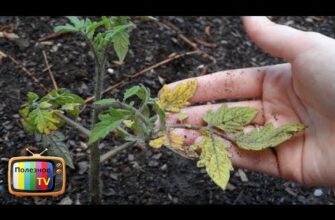- Китайский способ выращивания лука: возможности и преимущества
- Увеличение урожайности лука в Китае
- Применение технологий выращивания лука в Китае
- Методы обеспечения оптимального полива лука в Китае
- Полив почвы
- Подкормка и удобрение
- Укрытие растений
- Использование специальных высокоурожайных сортов лука в Китае
- Оптимизация условий выращивания лука в Китае
- Точное определение сроков посева и сбора лука в Китае
- Выбор оптимального времени для посева лука
- Сбор урожая лука
- Улучшение качества лука в Китае
- Удобрение и рост
- Семена и высевание
- Укрытие и полив
- Экономические выгоды китайского способа выращивания лука
- Высевание и уход за семенами
- Удобрение и полив
- Укрытие от неблагоприятных погодных условий
- Вывод
- Экологическая устойчивость китайского способа выращивания лука
- Потенциал применения китайского способа выращивания лука в других регионах
- Вопрос-ответ:
- Какие преимущества имеет китайский способ выращивания лука?
- Как выглядит китайский способ выращивания лука?
- Какая почва подходит для китайского способа выращивания лука?
- Какая температура подходит для китайского способа выращивания лука?
- Какой уход требуется для лука, выращенного по китайскому способу?
- Видео:
- выращивание зелёного лука в Японии

Китайский метод выращивания лука предлагает множество возможностей для получения богатого урожая и качественной продукции. Он включает в себя оптимальные техники полива, высевания, удобрения и подкормки, которые способствуют быстрому и здоровому росту растений.
Одной из ключевых особенностей китайского метода является правильный полив. Регулярное и достаточное увлажнение почвы позволяет предотвратить пересыхание и обеспечивает оптимальные условия для роста корней. Это особенно важно на начальном этапе выращивания, когда растения еще молодые и нуждаются во влаге для развития корневой системы.
Высевание и посев луковиц являются также важными этапами китайского метода выращивания лука. Правильно распределенные семена и правильная глубина посева обеспечивают оптимальные условия для прорастания и роста растений. Кроме того, использование качественных и свежих семян позволяет получать крепкие и здоровые растения.
Удобрение и подкормка являются неотъемлемой частью китайского метода выращивания лука. Регулярное внесение удобрений, содержащих необходимые растениям питательные вещества, способствует их активному росту и развитию. Это позволяет получать крупные и сочные луковицы, богатые витаминами и минералами.
Правильный выбор почвы также играет важную роль в китайском способе выращивания лука. Почва должна быть плодородной и хорошо дренированной, чтобы обеспечить оптимальные условия для роста корневой системы. Использование подходящей почвы помогает предотвратить возникновение заболеваний и повышает устойчивость растений к неблагоприятным факторам.
В результате применения китайского метода выращивания лука можно получить высокий урожай качественной продукции. Это значит, что выращенные вами луковицы будут свежими, сочными и питательными, что является важным критерием для многих потребителей.
Китайский способ выращивания лука: возможности и преимущества
Высевание и рост: Китайский способ выращивания лука отличается от традиционных методов посадки. Вместо обычного высевания семян в землю, в Китае используется специальная техника, которая позволяет распределить семена лука равномерно по грядкам. Это позволяет достичь более плотной посадки и равномерного роста лука.
Удобрение и подкормка: Важной особенностью китайского способа выращивания лука является система удобрения и подкормки. При высевании семян в землю добавляются специальные удобрения, которые способствуют активному росту растений. В процессе вегетации проводятся регулярные подкормки, которые обеспечивают насыщенное питание лука и способствуют его быстрому развитию.
Полив и почва: Китайский способ выращивания лука предусматривает регулярный полив растений. Важно поддерживать оптимальный уровень влажности почвы, чтобы обеспечить хороший рост и развитие лука. Кроме того, особое внимание уделяется качеству почвы. Почва должна быть плодородной, с хорошей воздухопроницаемостью и способной удерживать влагу.
Урожай и сбор: Благодаря использованию китайского способа выращивания, можно получить более крупные и качественные луковицы. Регулярные подкормки и оптимальные условия обеспечивают хороший урожай. Сбор урожая производится после полного созревания лука. Луковицы собираются и подвергаются дополнительной обработке перед хранением или продажей.
Увеличение урожайности лука в Китае
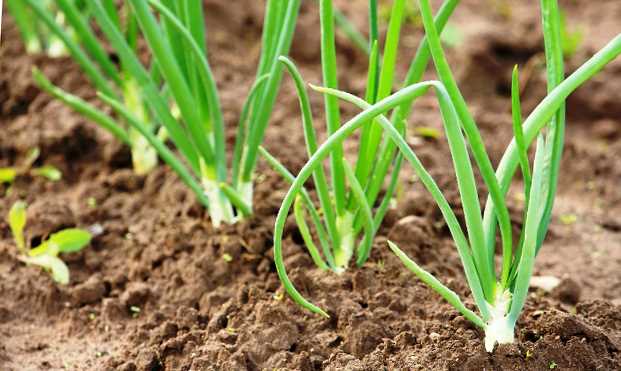
Китайский способ выращивания лука предлагает ряд инновационных методов, которые позволяют значительно увеличить урожайность этого овоща. Одним из таких методов является использование укрытий.
Укрытие создает оптимальные условия для роста лука. Оно предохраняет растение от неблагоприятных погодных условий, таких как сильные дожди или заморозки, а также от вредителей. Благодаря укрытию почва остается теплой и влажной, что способствует лучшему прорастанию семян и росту растений.
Важным аспектом китайского способа выращивания лука является правильный выбор почвы. Ученые рекомендуют использовать плодородные почвы с хорошей воздухопроницаемостью и влагоудерживающей способностью. Для обогащения почвы используются специальные удобрения, которые содержат необходимые макро- и микроэлементы.
Высевание лука производится в определенное время года, которое определяется климатическими условиями региона. Семена высеваются на глубину, обеспечивающую оптимальные условия для прорастания и развития растений. Регулярный полив является неотъемлемой частью процесса выращивания лука, он обеспечивает достаточное количество влаги для растений.
Для увеличения урожайности лука в Китае широко применяются различные подкормки. Они включают в себя внесение органических и минеральных удобрений, которые обеспечивают растения необходимыми питательными веществами. Правильное применение подкормок способствует активному росту и развитию лука, а также увеличивает его устойчивость к заболеваниям и вредителям.
Применение технологий выращивания лука в Китае
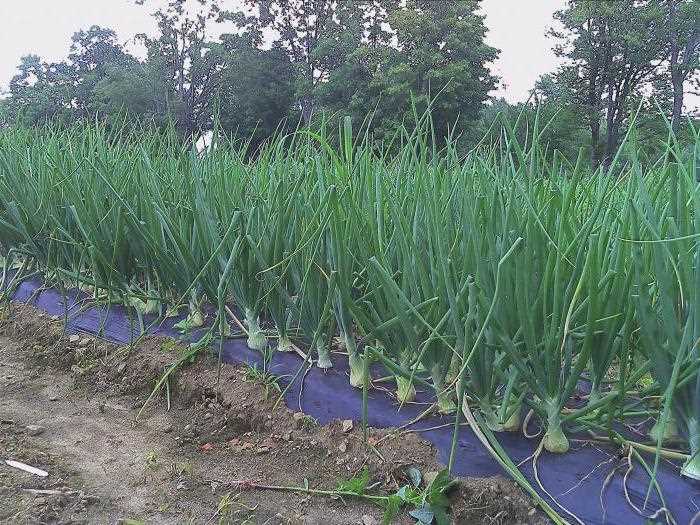
Выращивание лука в Китае — это сложный и трудоемкий процесс, требующий применения различных технологий и методов. Основной фактор успеха урожая — это использование качественных семян. В Китае проводится тщательная селекция и отбор семян лука, чтобы получить максимально крупные и здоровые растения.
Посев лука проводится с учетом особенностей почвы и климата. Очень важно обеспечить достаточное количество влаги для роста растений, поэтому проводится систематический полив. Важно также контролировать уровень увлажненности почвы, чтобы избежать переувлажнения и гниения корней.
Для стимуляции роста и развития лука применяются специальные удобрения. Они содержат необходимый набор питательных веществ, которые повышают устойчивость растений к болезням и вредителям. Удобрения регулярно вносятся в почву в течение всего периода выращивания лука.
Важным этапом выращивания лука в Китае является укрытие растений. Это позволяет защитить растения от неблагоприятных погодных условий, таких как сильные дожди или сильное солнечное излучение. Укрытие создает оптимальные условия для роста и развития лука, а также позволяет сохранить урожай от возможных повреждений.
Выращивание лука в Китае основано на тщательном контроле и управлении всеми процессами выращивания, начиная от высевания семян до сбора урожая. Благодаря применению современных технологий и методов, китайские фермеры достигают высоких результатов в выращивании лука и получают качественный и урожайный продукт.
Методы обеспечения оптимального полива лука в Китае
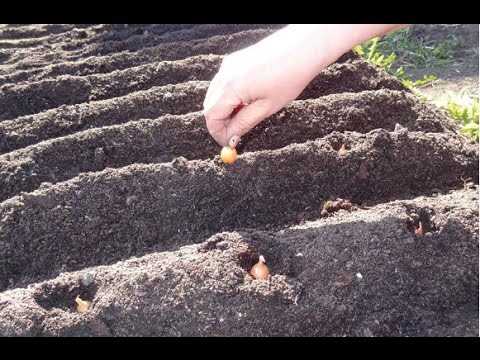
Полив почвы
В Китае для обеспечения оптимального роста лука применяют различные методы полива почвы. Один из них – капельный полив, который позволяет подавать влагу непосредственно к корням растений. Этот метод позволяет избежать переувлажнения почвы и сохранить необходимую влажность для роста лука.
Также широко применяется метод поверхностного полива, при котором вода распределяется по поверхности почвы. Это позволяет равномерно увлажнить всю площадь посадки и обеспечить достаточную влагу для роста и развития лука.
Подкормка и удобрение
Для обеспечения оптимального роста лука в Китае широко используют подкормку и удобрение почвы. Основным видом удобрения является органическое удобрение, такое как компост и перегной. Оно позволяет обогатить почву необходимыми питательными веществами и способствует развитию корневой системы лука.
Кроме того, применяются минеральные удобрения, которые содержат необходимые микроэлементы для роста растений. Они подкармливают лук в разные периоды роста, помогая ему развиваться и формировать качественный урожай.
Укрытие растений

Для защиты лука от неблагоприятных погодных условий, таких как сильные дожди или морозы, в Китае используют укрытие растений. Это может быть специальный полиэтиленовый укрытий или пленка, которые предотвращают попадание влаги на растения и защищают их от низких температур.
Укрытие растений также помогает сохранить влагу в почве, предотвращает перегревание и пересыхание почвы, что способствует лучшему росту и развитию лука.
Использование специальных высокоурожайных сортов лука в Китае
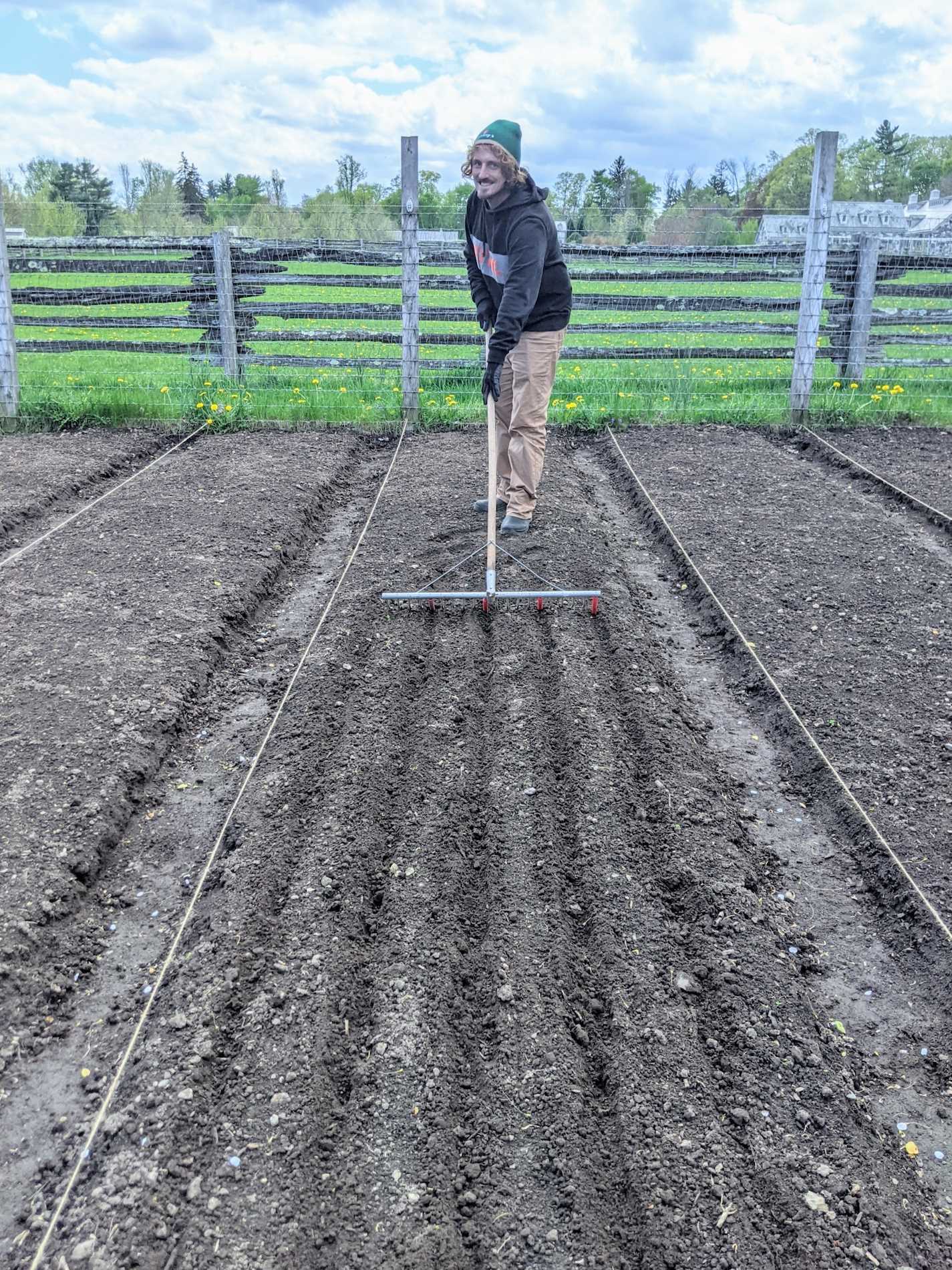
В Китае для выращивания лука широко применяют специальные высокоурожайные сорта, которые обеспечивают хороший урожай даже при неблагоприятных условиях.
Для начала выращивания лука используют семена, которые высевают в специально подготовленную почву. Семена быстро прорастают и начинают активный рост.
Особое внимание в Китае уделяется защите растений. Для этого используется укрытие, которое защищает лук от неблагоприятных погодных условий, таких как сильные дожди или сильное солнце. Укрытие также помогает сохранять влагу в почве, что способствует более активному росту растений.
Полив является важной составляющей процесса выращивания лука. Регулярный полив помогает поддерживать оптимальную влажность почвы и способствует более активному росту растений.
Удобрение также играет важную роль в процессе выращивания лука. В Китае используются специальные удобрения, которые обогащают почву необходимыми питательными веществами, что способствует более высокому урожаю.
Специальная подготовка почвы перед высеванием семян и правильное удобрение позволяют достичь высокого качества урожая лука. Китайский способ выращивания лука с использованием специальных сортов и правильного ухода обеспечивает высокую продуктивность и качество урожая.
Оптимизация условий выращивания лука в Китае
Китайские фермеры активно используют различные методы и технологии, чтобы оптимизировать условия выращивания лука. Это позволяет им добиваться высоких урожаев и улучшать качество продукции. Одним из ключевых аспектов является выбор подходящей почвы для посадки семян.
Перед высеванием лука фермеры внимательно изучают состав почвы, чтобы определить, какие питательные вещества в ней недостают. После этого они добавляют удобрения и проводят специальные процедуры, чтобы улучшить плодородие почвы. Это позволяет создать оптимальную среду для роста и развития растений.
Так стоп!!! Вы всё ещё не подписаны на наши каналы в Телеграмм и Дзен? Посмотрите: ТГ - (@historyfantasydetectivechat) и Дзен (https://dzen.ru/myshortsstorys)
После подготовки почвы фермеры приступают к высеванию семян лука. Они делят поле на маленькие участки и равномерно распределяют семена по всей площади. Это позволяет обеспечить равномерный рост растений и удобрение.
Для оптимального роста лука фермеры укрывают его специальными материалами. Это позволяет защитить растения от неблагоприятных погодных условий, таких как холод, ветер или дождь. Укрытие также помогает сохранить влагу в почве и предотвратить ее испарение.
Важным аспектом выращивания лука в Китае является удобрение. Фермеры регулярно подкармливают растения специальными удобрениями, которые содержат все необходимые микроэлементы. Это способствует активному росту и развитию растений, а также повышает устойчивость к болезням и вредителям.
Полив является неотъемлемой частью процесса выращивания лука. Фермеры регулярно поливают растения, чтобы поддерживать оптимальный уровень влажности в почве. Это способствует росту корней, улучшает всасывание питательных веществ и способствует формированию крупных и сочных луковиц.
Точное определение сроков посева и сбора лука в Китае
В Китае точное определение сроков посева и сбора лука играет важную роль в получении хорошего урожая. Для успешного роста и развития растения необходимо учесть такие факторы, как полив, почва, высевание, укрытие, урожай, семена и подкормка.
Выбор оптимального времени для посева лука
В Китае определение наиболее подходящего времени для высевания лука является важным этапом. Обычно это происходит в конце весны или начале лета, когда почва прогрелась до определенной температуры и обеспечивает хорошие условия для роста и развития растений. Но каждый регион может иметь свои особенности, поэтому определение оптимального времени для посева лука осуществляется исходя из климатических условий и типа почвы.
Сбор урожая лука
Сбор урожая лука в Китае производится в зависимости от его вида и назначения. Для съедобных сортов лук собирают, когда луковицы достигают определенного размера и становятся готовыми для употребления. Для сортов, предназначенных для долгого хранения, сбор урожая проводят, когда верхушки луковиц начинают желтеть и засыхать. Это позволяет сохранить лук в течение длительного времени.
В целом, точное определение сроков посева и сбора лука в Китае является важным фактором для получения качественного урожая. Использование правильного времени для посева, а также учет особенностей почвы, полива, укрытия, удобрения и других факторов позволяет получить более успешные результаты в выращивании лука. Это позволяет увеличить урожайность и качество продукции, что является одной из основных целей сельского хозяйства в Китае.
Улучшение качества лука в Китае
Китай является одним из крупнейших производителей и экспортеров лука в мире. Однако, для улучшения качества урожая в стране используются различные методы и приемы.
Удобрение и рост
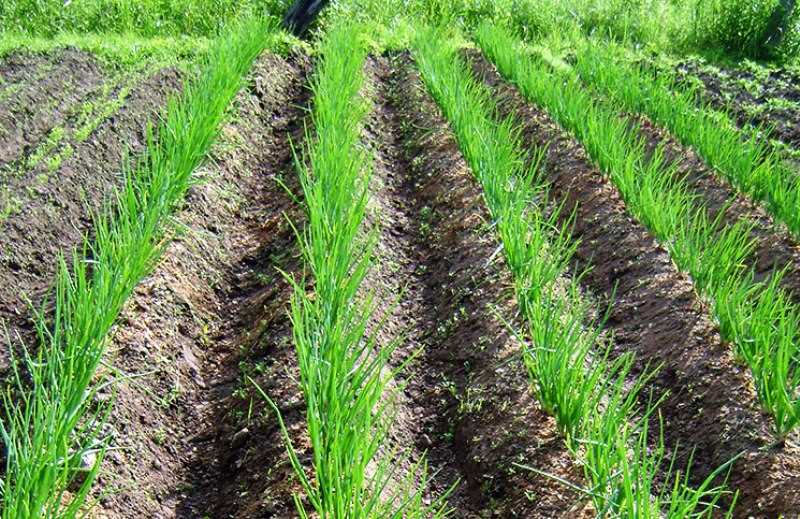
Для обеспечения полноценного роста и развития лука в Китае активно применяются удобрения. Они помогают улучшить плодородие почвы и обеспечить растения необходимыми питательными веществами. Важно правильно подбирать удобрения, учитывая состав почвы и потребности растений.
Семена и высевание
Выбор качественных семян лука является важным аспектом для получения хорошего урожая. В Китае используются семена, прошедшие специальную обработку и имеющие высокий уровень прорастаемости. Высевание производится с учетом климатических условий и рекомендаций специалистов.
Укрытие и полив
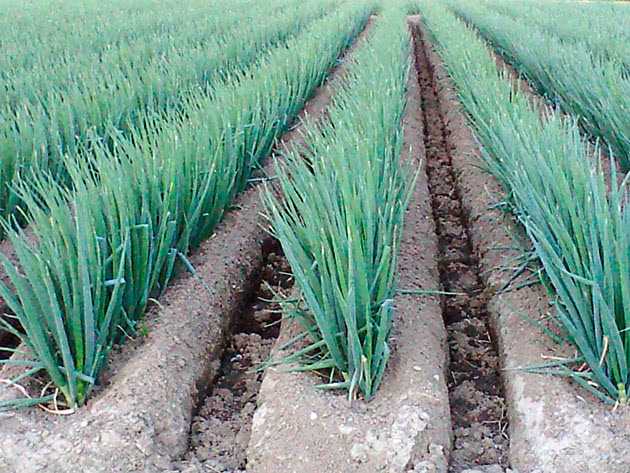
Для защиты лука от неблагоприятных погодных условий, таких как сильные дожди или ветры, в Китае используется укрытие. Это позволяет предотвратить повреждение растений и сохранить урожай. Также важным фактором в выращивании лука является полив. Регулярный и правильный полив способствует нормальному развитию растений и улучшает качество лука.
В целом, применение различных методов и технологий, таких как удобрение, использование качественных семян, укрытие и полив, позволяет Китаю добиваться высокого качества урожая лука. Это способствует удовлетворению спроса на этот продукт как на внутреннем рынке, так и на международном уровне.
Экономические выгоды китайского способа выращивания лука
Китайский способ выращивания лука предлагает ряд экономически выгодных практик, которые способствуют увеличению урожайности и снижению затрат на выращивание.
Высевание и уход за семенами
Одной из основных экономических выгод является возможность самостоятельного высевания луковых семян. Это позволяет сэкономить на покупке готовых рассадных материалов и использовать семена, полученные из собственного урожая. Необходимый уход за семенами включает рыхление почвы, полив и подкормку, что значительно снижает затраты на покупку готовых саженцев.
Удобрение и полив
Китайский способ выращивания лука акцентирует внимание на правильной подкормке и поливе растений. Это позволяет достичь оптимальных показателей роста и увеличить урожайность. Регулярное удобрение и полив способствуют формированию крупных и сочных луковиц, что в свою очередь повышает их рыночную стоимость и прибыльность выращивания.
Укрытие от неблагоприятных погодных условий
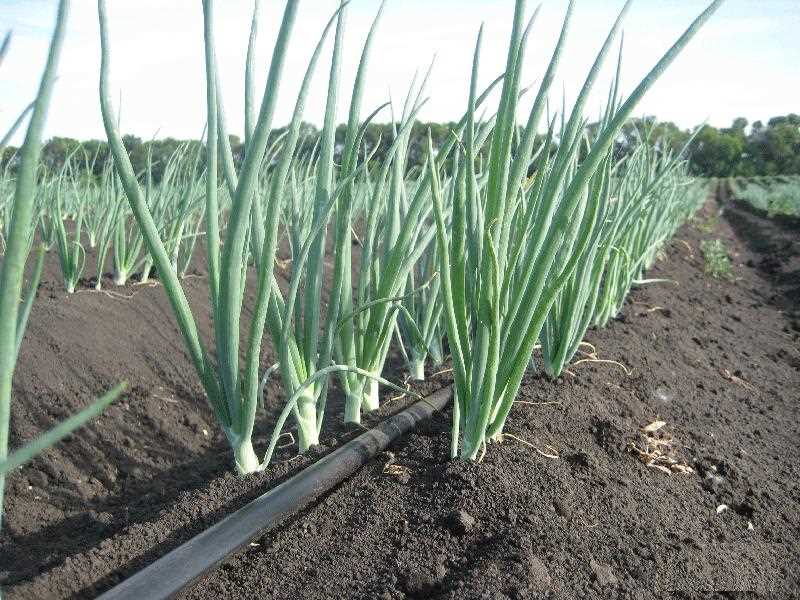
Китайский способ выращивания лука предусматривает укрытие растений от неблагоприятных погодных условий, таких как холод, сильный ветер или град. Это позволяет сохранить урожайность и снизить риск потерь. Укрытие осуществляется с помощью пленки или других подходящих материалов, что является более экономически эффективным, чем замена потерянных растений или реконструкция выращиваемых участков.
Вывод
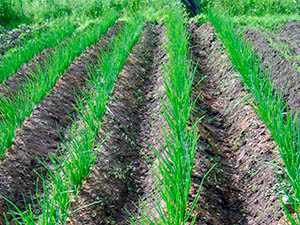
Китайский способ выращивания лука предлагает ряд экономически выгодных практик, которые позволяют сократить расходы на выращивание и увеличить урожайность. Высевание и уход за семенами, правильное удобрение и полив, а также укрытие растений от неблагоприятных погодных условий являются ключевыми моментами, которые способствуют успешному и экономически выгодному выращиванию лука.
Экологическая устойчивость китайского способа выращивания лука

Китайский способ выращивания лука отличается высокой экологической устойчивостью, которая обеспечивается использованием семян высокого качества. Семена, выбранные с большой ответственностью, позволяют получить здоровые и крепкие растения.
Кроме того, важным аспектом является использование укрытий, которые защищают растения от неблагоприятных погодных условий, таких как холод, сильный ветер или град. Такие укрытия обеспечивают оптимальную температуру и влажность для развития лука, позволяя получить качественный и стабильный урожай.
Для обеспечения плодородия почвы и оптимального роста растений используется система полива и удобрения. Важно поддерживать почву во влажном состоянии, чтобы растения получали достаточно влаги для роста и развития. Также проводится подкормка растений, которая обеспечивает им необходимые питательные вещества.
Применение этих методов позволяет обеспечить хороший урожай лука, при этом минимизируя использование химических удобрений и пестицидов. Китайский способ выращивания лука является экологически устойчивым и эффективным, позволяя получать качественный и безопасный продукт.
Потенциал применения китайского способа выращивания лука в других регионах
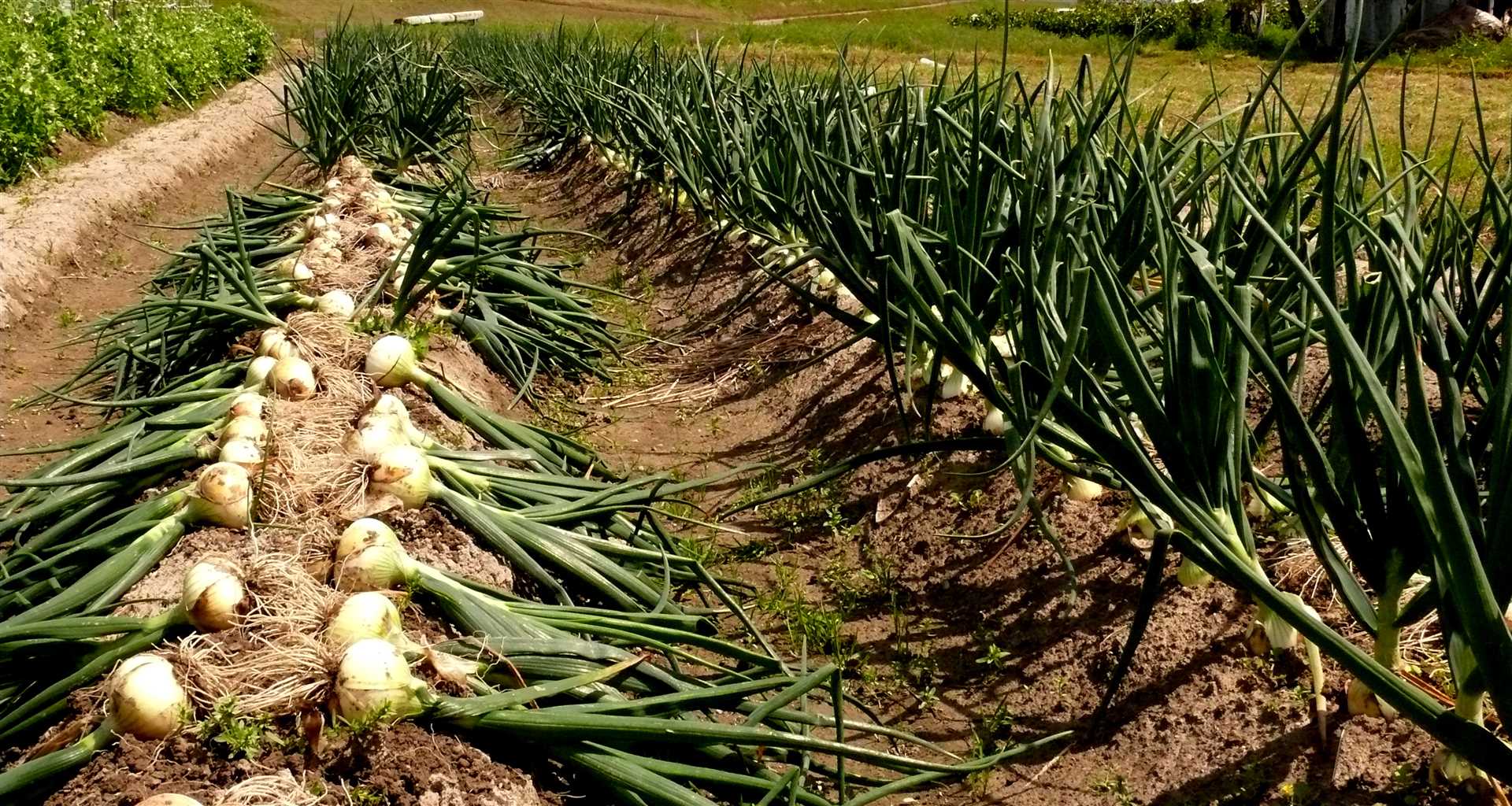
Китайский способ выращивания лука представляет собой эффективную технику, которая может быть успешно применена в других регионах. Он основан на определенной последовательности действий, включающей высевание, подготовку почвы, укрытие, полив, удобрение и подкормку.
Высевание является первым этапом процесса выращивания лука по китайской методике. Оно проводится в определенное время года, когда почва достигает оптимальной температуры. Это позволяет обеспечить луку лучшие условия для роста и развития.
Подготовка почвы также играет важную роль в успешном выращивании лука. Необходимо провести качественную обработку почвы, чтобы создать оптимальные условия для развития корневой системы растения. Это позволит луку получить достаточное количество питательных веществ и воды.
Укрытие является одной из ключевых особенностей китайского способа выращивания лука. Оно представляет собой создание искусственного укрытия над посадками, которое обеспечивает защиту от неблагоприятных погодных условий, таких как сильный ветер или холодные температуры. Это позволяет сохранить тепло и влагу, необходимые для развития луку и получения высокого урожая.
Полив является неотъемлемой частью китайского способа выращивания лука. Он позволяет поддерживать почву во влажном состоянии, что способствует активному росту растений. Регулярный полив позволяет предотвратить пересыхание почвы и обеспечить луку необходимое количество влаги для нормального функционирования.
Удобрение и подкормка также являются важными элементами китайского способа выращивания лука. Они позволяют обеспечить растения достаточным количеством питательных веществ для оптимального роста и развития. Регулярное удобрение и подкормка помогают предотвратить недостаток питательных веществ и повысить урожайность лука.
В целом, китайский способ выращивания лука представляет собой эффективный подход, который может быть успешно применен в различных регионах. Это методика, основанная на опыте долголетней практики, которая может значительно улучшить урожай лука и повысить эффективность производства.
Вопрос-ответ:
Какие преимущества имеет китайский способ выращивания лука?
Китайский способ выращивания лука имеет ряд преимуществ. Во-первых, он позволяет получить более высокий урожай по сравнению с традиционными методами. Во-вторых, этот способ экономит время и силы, так как не требует регулярного полива и прополки. В-третьих, он позволяет выращивать лук на небольших участках и даже в горшках.
Как выглядит китайский способ выращивания лука?
Китайский способ выращивания лука представляет собой смешанный метод, который включает в себя посев луковиц в грунт и последующее их покрытие слоем соломы или опилок. Такой слой предохраняет растения от сорняков и удерживает влагу в почве. Таким образом, лук вырастает без особых усилий и забот.
Какая почва подходит для китайского способа выращивания лука?
Китайский способ выращивания лука подходит для различных типов почвы. Однако предпочтительнее использовать плодородную почву с хорошей водопроницаемостью. Почва должна быть рыхлой и хорошо удобренной. Такие условия обеспечат оптимальные условия для роста и развития лука.
Какая температура подходит для китайского способа выращивания лука?
Китайский способ выращивания лука подходит для различных климатических условий. Однако оптимальная температура для роста лука составляет около +15°C. При более низких температурах рост растений замедляется, а при более высоких температурах они могут перегреться и высохнуть.
Какой уход требуется для лука, выращенного по китайскому способу?
Лук, выращенный по китайскому способу, требует минимального ухода. Главное – регулярно поливать почву и следить за тем, чтобы она не пересыхала. Также рекомендуется удалять сорняки, которые могут прорасти через слой соломы или опилок. В остальном лук будет расти и развиваться самостоятельно.


